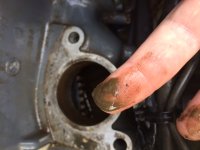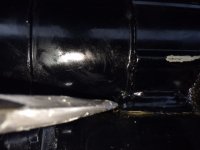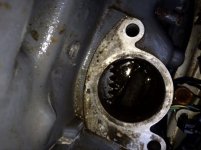Hi there. I have following problem which i hope some of you may have a solution to.
My Honda 2004 BF 90 was out on the water for 6 hours, running smooth and perfect. After sailing to the port with almost full throttle for 1/2 hour, i took off the speed when arriving to the port. Then i wanted to give a little more speed, but a constant alarm tone from the control box starts, untill i take off speed and idle. Idle in gear there is no alarm tone, but as soon i give a little speed, the alarm begins. What can be the problem ? ( There is no oil problem )..
Thank you very much in advance for your input
Have a great day
BR / Danethor
My Honda 2004 BF 90 was out on the water for 6 hours, running smooth and perfect. After sailing to the port with almost full throttle for 1/2 hour, i took off the speed when arriving to the port. Then i wanted to give a little more speed, but a constant alarm tone from the control box starts, untill i take off speed and idle. Idle in gear there is no alarm tone, but as soon i give a little speed, the alarm begins. What can be the problem ? ( There is no oil problem )..
Thank you very much in advance for your input
Have a great day
BR / Danethor




